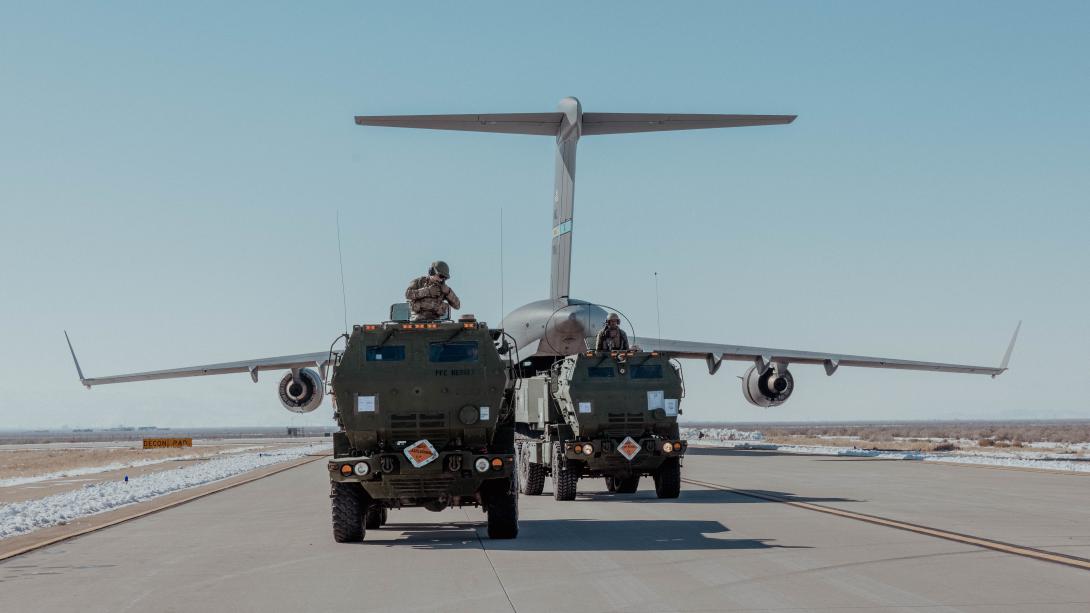On Point: Q&A With Michael Weigand
As a co-founder and chief growth officer, Michael Weigand is responsible for defining and overseeing the execution of long-term growth objectives at Shift5, which captures, stores and analyzes serial bus data on military platforms and weapons systems, benefiting both cybersecurity and fleet maintenance.
Describe your Scarlet Dragon exercise experience.
Even though we didn’t have a lot of time to prepare, we were able to integrate onto a couple of key ground vehicle systems. We demonstrated data collection, the ability to get that data back in near real time and get it into the operation center to inform commanders of the readiness state of key systems. I was proud of our team but also proud of the Army and the advances that they’ve made. There’s a lot of pride in watching an Army Corps Headquarters really transforming doctrine and tactics to dominate in this new security environment we find ourselves in. This is a different Army than I experienced even five years ago.
Can you highlight a customer use case?
On one of the first aircraft we deployed our solution to, we noticed a data anomaly, so we flagged down the fleet’s chief maintainer.
He said, “Oh wow. First off, we didn’t tell you, but this is our airplane with the gremlins. Every fleet has it. There’s always a lemon. But we’ve replaced every other component in this subsystem except that one. Your system is pointing to this particular box. This one computer is the source of the problem.”
They swapped the box out, and it fixed a whole bunch of other issues that they had intermittently been addressing.
It was immediate cost savings, and over the next couple of months, we saw them capitalize on an operational readiness increase because it was a small fleet, and a couple of days of downtime on a single aircraft is significant when you only have a couple of dozen aircraft.
Was that a commercial aircraft or military?
I am describing, obliquely, a military customer. We started to appreciate that we have a two-for-one story: we are addressing safety and cybersecurity, but here’s our maintenance use case. The reality is that 99.9% of anomalies that we see and project to see are not going to be cyber attacks or some kind of cyber malicious access factor. They’re going to be maintenance anomalies.
What are some commercial uses for your technology?
We don’t see ourselves as a defense contractor despite most of our revenue being from defense. There’s a flywheel effect and a natural symbiotic relationship when we service both the commercial and defense markets. The commercial operators—the railroads, the airlines—care very much about efficiency. The Department of Defense cares very much about deterrence and availability of assets. When we can bring features that we optimize for each to the other, we create tremendous benefits that, on their own, each might not be super motivated to invest in.
That’s something I advocate for any time I’m talking to a business leader who doesn’t consider the federal marketplace very attractive. I highlight this amazing flywheel we’re building. It’s a great symbiotic relationship. It’s how things should be.
Do you see opportunities with future vehicles and military modernization?
We can take the software and integrate it with the modern internal line replaceable units on clean-sheet designs and be very size, weight and power efficient and help meet requirements. Most of the original equipment manufacturers and system integrators have approached us over the last four years, and we are on the teams for the majority of big competitions for new vehicles.





Comments